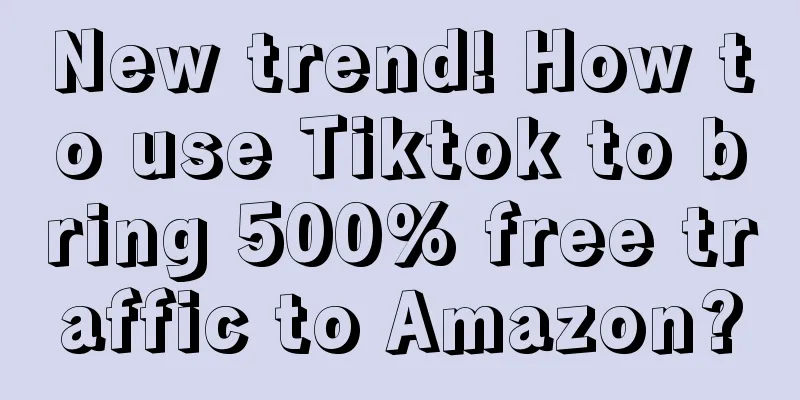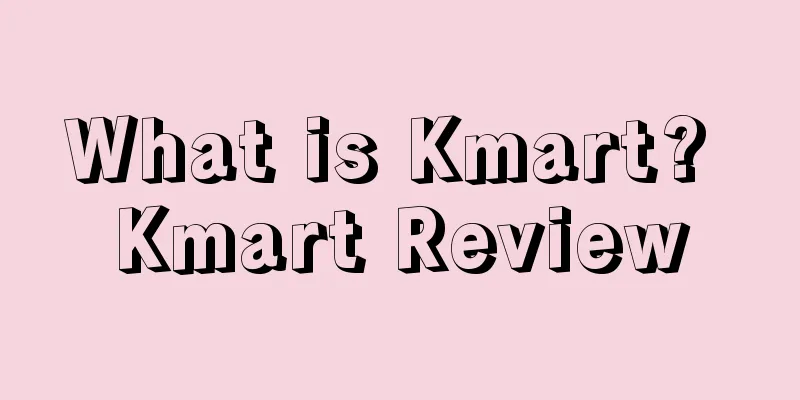Starting today! Amazon uses AI voice technology to provide brand services for enterprises

|
A brand is a fictional person, and like a person it has many unique characteristics, including voice. A brand’s voice helps users instantly identify a brand’s personality through hearing. Today, Amazon’s cloud service Amazon Polly launched the “Brand Voice” business, a fully automated service. The service can convert text content into realistic speech, providing customers with specially customized voice services. As Amazon’s head of AI voice Rafal Kuklinski and senior product manager Ankit Dhawan explained in a blog post, Brand Voice allows companies to differentiate themselves from other brands by incorporating a unique sonic signature into their products and services. “Every company can have their own unique sonic brand,” they wrote. Amazon partnered with KFC to implant the latter's brand logo "KFC Grandpa" with an English accent from the Southern United States and launched it on the Amazon Alexa App. It also designed the Australian English voice for National Australia Bank, which migrated its contact center to Amazon Connect, Amazon’s omnichannel cloud contact center product. Late last year, Amazon detailed its work on using AI to generate speech in a research paper (“The Impact of Data Reduction Effects on Text-to-Speech Conversion”), in which researchers described a system that could learn a new speaking style with just a few hours of training. To achieve the same goal, a voice actor may need dozens of hours. Amazon's AI model consists of two parts. The first is a neural network that converts a sequence of phonemes into a sequence of spectrograms, or a visual representation of the frequency spectrum of a sound over time. The second is a vocoder, which converts the spectrogram into a continuous audio signal. The method for training this AI model combines a large amount of neutral-style speech data with data in the desired style and an AI system that can distinguish between speech. Amazon already uses it internally to generate new voices for Alexa. This technology has good commercial value. The brand voice (for example, the character Fio, played by actress Stephanie Courtney) is often tasked with recording a phone tree for an interactive voice response system or an e-learning script for a corporate training video. Synthesizers can make actors more efficient by reducing auxiliary recording and listening, while freeing them up to work creatively. Amazon and Google stand out in this space with Brand Voice and other text-to-speech services. Google recently launched 31 AI-synthesized WaveNet voices and 24 new standard voices for its Cloud Text-to-Speech service. Beyond that, Amazon has another notable competitor in Microsoft, which offers three AI-generated preview voices and 75 standard voices through the Azure Speech Service API. Amazon’s Brand Voice also competes with offerings from a number of startups, such as Voicery, which offer customized digital voices that sound impressively human. Text-to-speech startup iSpeech has similar voice tools, as do Modulate, Respeecher, Resemble AI, Descript and Bengaluru-based DeepSync. ( Source: Cross-border Sellers Teahouse ) |
Recommend
What is Best Buy? Best Buy Reviews
Best Buy, the world's largest home appliance a...
High inflation leads to consumption downgrade! How should sellers prepare for this year's peak season?
<span data-docs-delta="[[20,"获悉,据外媒报道,受通货膨...
Follow-up to the Amazon insurance incident is here! It turns out that only these sellers need to purchase it?
<span data-shimo-docs="[[20,"2月18日,亚马逊发送通知...
The U.S. pet market continues to be hot, with online sales expected to reach $30.7 billion in 2022!
<span data-docs-delta="[[20,"获悉,根据Packaged...
Demand drops, employees take leave! FedEx freight streamlines transportation network and closes 29 outlets!
FedEx Freight is closing 29 locations in its netwo...
What is Adplexity? Adplexity Review
Adplexity is a competitive intelligence tool with ...
The US government has repeatedly issued TikTok "bans", and the president of Toutiao has transferred to TikTok e-commerce
Under the attack of Amazon's account suspensio...
What is a protective tariff? A review of protective tariffs
Protective tariffs refer to tariffs imposed for th...
Reversal! USPS resumes accepting packages from China
It is learned that on February 5, local time, the ...
Nearly 20,000 units sold in 20 days! Amazon's unpopular products also have high sales
Generally, most Amazon sellers choose popular prod...
Will Amazon open an offline department store? Target adds 4 new picking centers to enhance competitiveness!
Target is reportedly shortening the time of its on...
What is Accton? Accton Review
Beijing Zhibang International Software Technology ...
Amazon's Difficult Operational Journey
Preface of the Little Clone: This week’s Amazon s...
Big changes in the US holiday shopping season! Retail giants have difficulty overcoming the "inventory" barrier
As September begins, the U.S. is welcoming the hol...
Big news this week! Amazon updates the automatic pricing file management SKU function
Amazon considers opening physical retail stores i...









